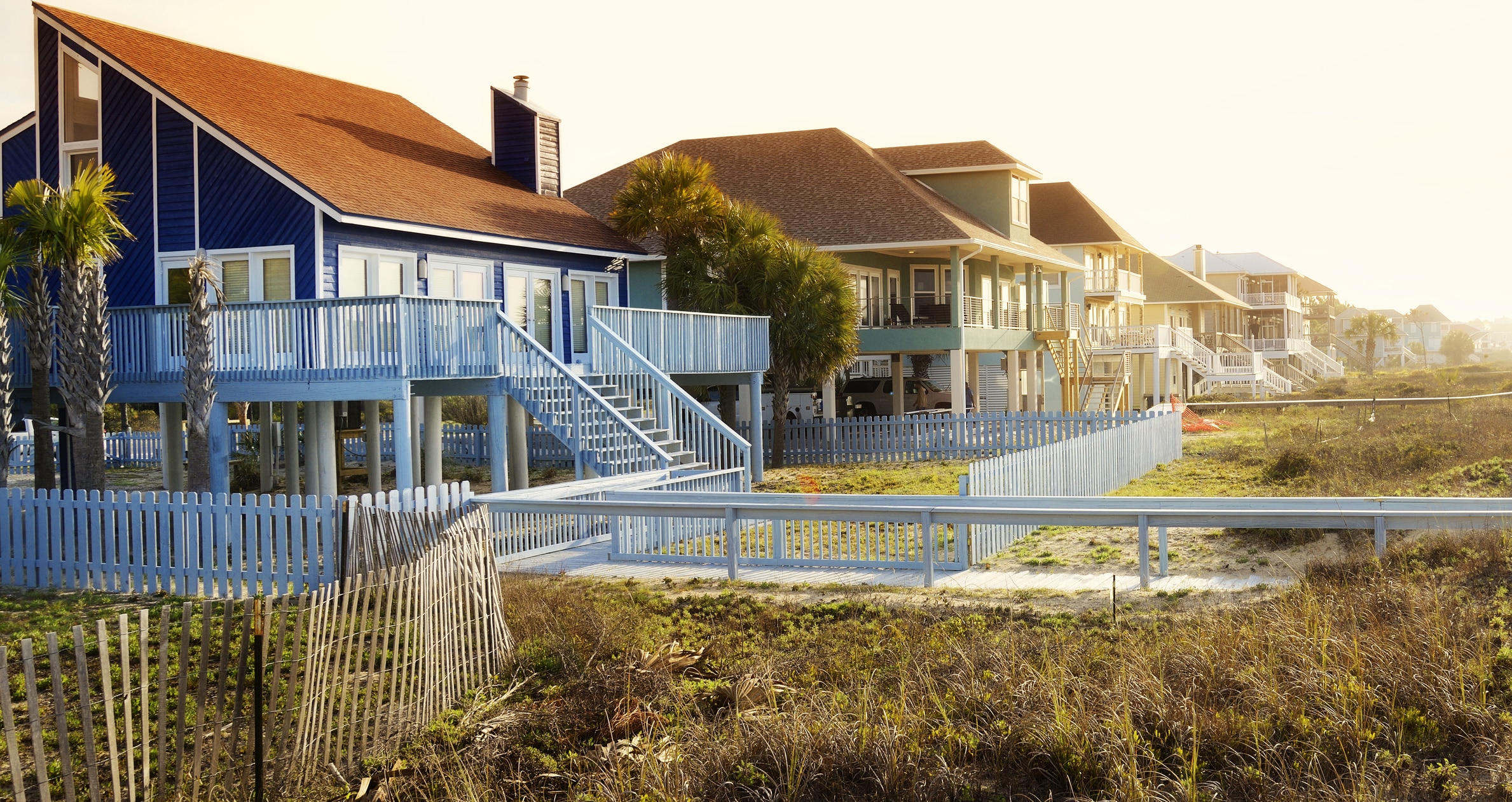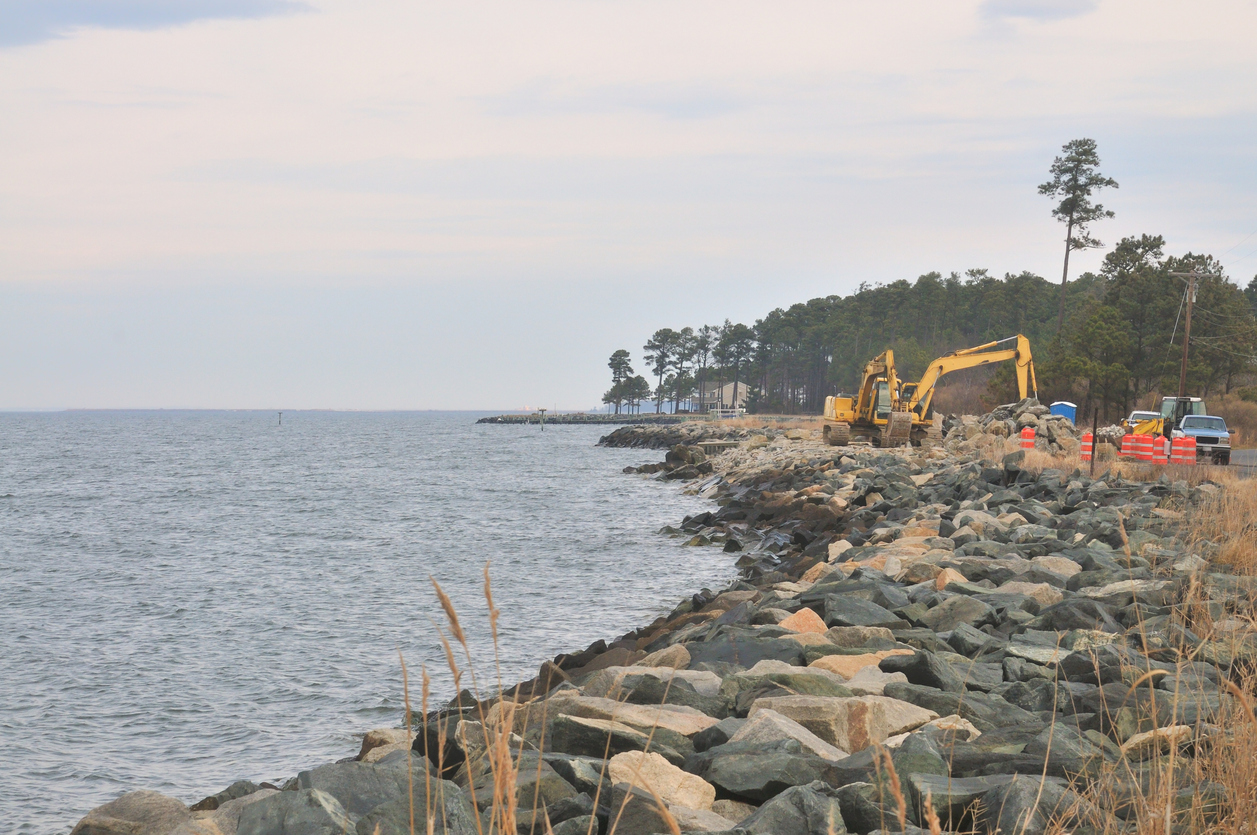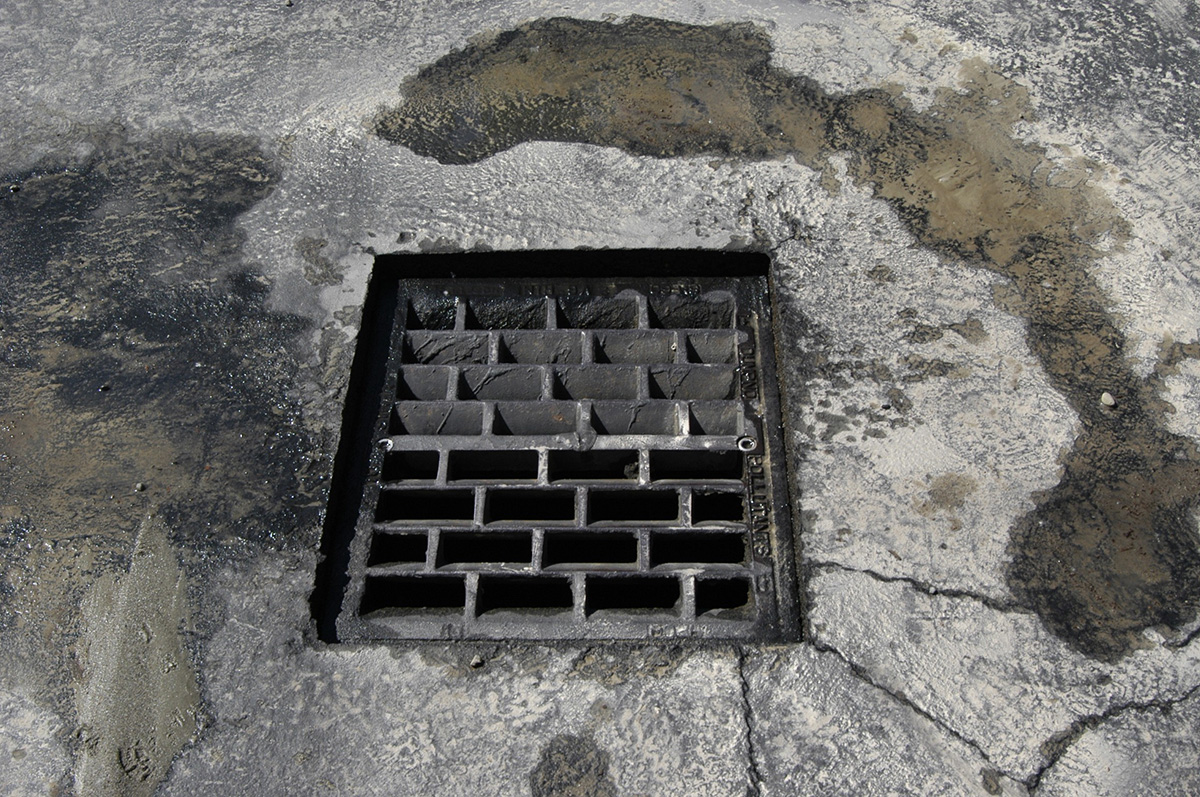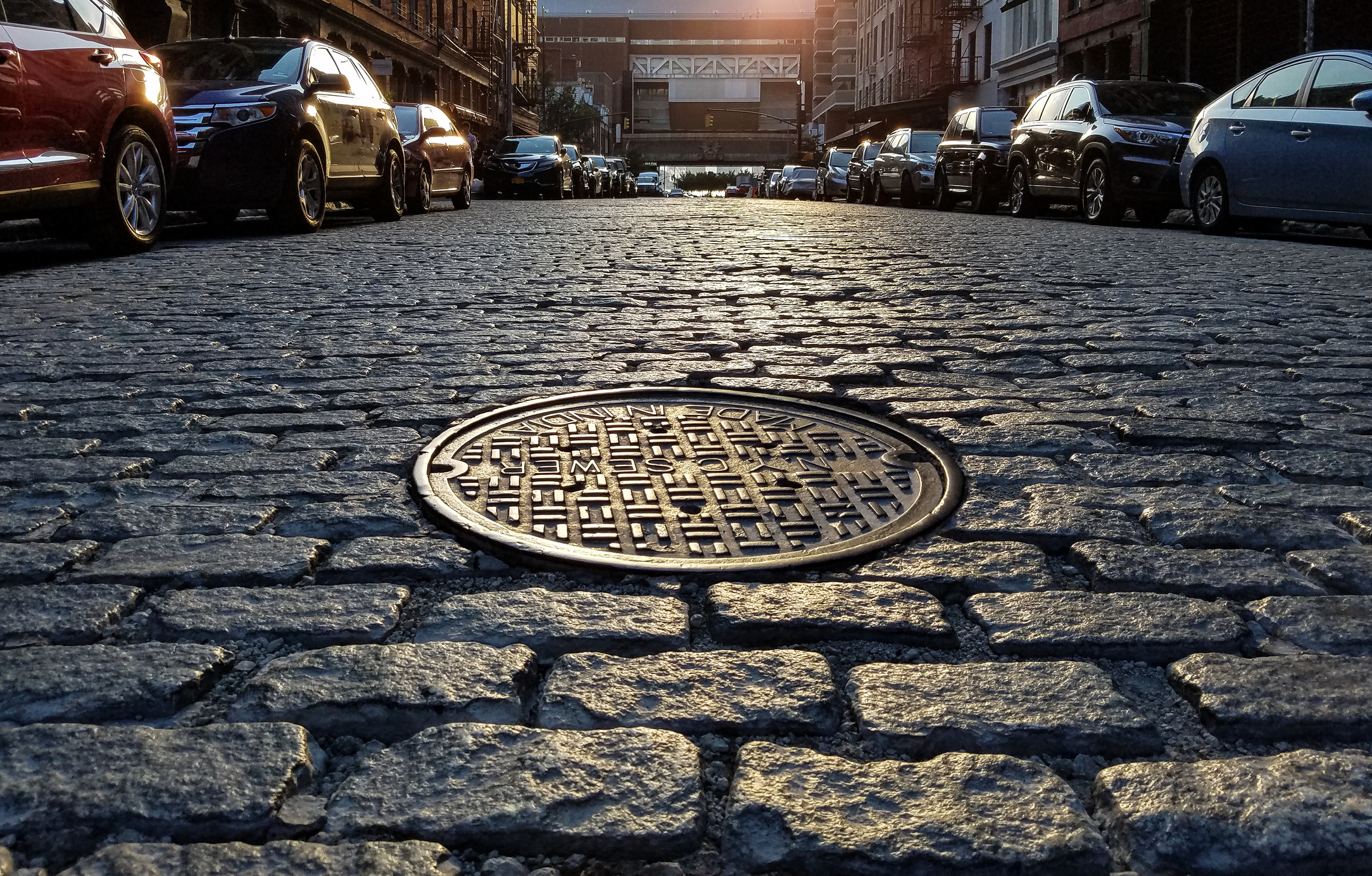Contact Us

The Importance of Timely Seawall Repair and Maintenance
Living by the coast is a dream for many, offering a tranquil and stunning backdrop for daily life. Seawalls protect the integrity of coastal properties

Waterfront property offers you a unique experience as a homeowner. You have exclusive access to a body of water, amazing views, and a new world of maintenance to learn. Whether you live on the ocean or a lake, you may now have a sea wall on your hands. Sea walls guard against erosion and maintain the integrity of your land. Don’t let it fall into disrepair.
One of the biggest potential threats to your sea wall is roots. Roots are naturally inclined to grow towards water. Given enough time, they grow up against the wall through the soil and create pressure. Cracks form as they force their way through.
Woody plants such as trees and shrubs are the most likely to cause trouble. However, any plant with a powerful root system can be a problem. Avoid this issue by keeping the area next to your sea wall clear of large vegetation.
Roots can travel quite a distance to find water, so ensure plants are at least 10-30 feet away. The bigger the plant the further its roots can travel, so large trees should be the furthest away.
Weep holes are small holes drilled into your sea wall to relieve hydrostatic pressure. In layman’s terms, this means that water that has built up behind the wall and saturated the ground has an avenue to escape. The holes are typically 1-2” in diameter and located at the high water mark.
It’s important to keep these holes free and clear. A buildup of pressure will find release somehow, and that usually results in damage to the sea wall. Vegetation and debris can fill up the holes, so take the time to clear them out every so often. Use a tool like a hook or wire to make this task easier.
There are many types of sea walls, like wood or concrete walls. The style, size, and materials used vary widely, from stone to steel. However, they are all affected by the constant contact with water over time. Prevent pitting, erosion, and rot by applying waterproofing to your wall.
Inspect your sea wall often to catch damage as early as possible. You should address all imperfections immediately, no matter how minor. You don’t want to let cracks go untreated for too long because you could end up with an expensive repair or total collapse.
Small cracks are easy to fix. Specialized products like marine grout and liquid concrete are good for this. Sometimes it’s preferable to use concrete. Research methods and products that work best with the material of your sea wall, the climate you live in, and the salinity of the water. You may want to consult with a professional before making a decision.
Sea walls are a big responsibility— they provide critical infrastructure for your property. Don’t face this responsibility alone and seek out professional support. The experts at All State Civil Construction can help you assess your situation, provide quality repairs and work with you to make a plan of action. Give us a call today at (386) 465-2187 for a free estimate.

Living by the coast is a dream for many, offering a tranquil and stunning backdrop for daily life. Seawalls protect the integrity of coastal properties

Living by the shore in Florida can be a dream for many homeowners. The salty breezes, the crashing waves, and the stunning sunrises paint a picture

While living on the waterfront offers advantages, it also exposes properties to vulnerabilities such as erosion, flooding, and pests.

Are you a property or business owner looking for ways to protect your property and the surrounding environment?

Sewers play a vital role in making our cities and towns more livable, healthier, and safer. They effectively transport human

As a property owner considering seawall construction, you need to understand which seawall design is best suited
Contact Us


Please fill out the form below if you have any questions or give us a call at (386) 681-8105.